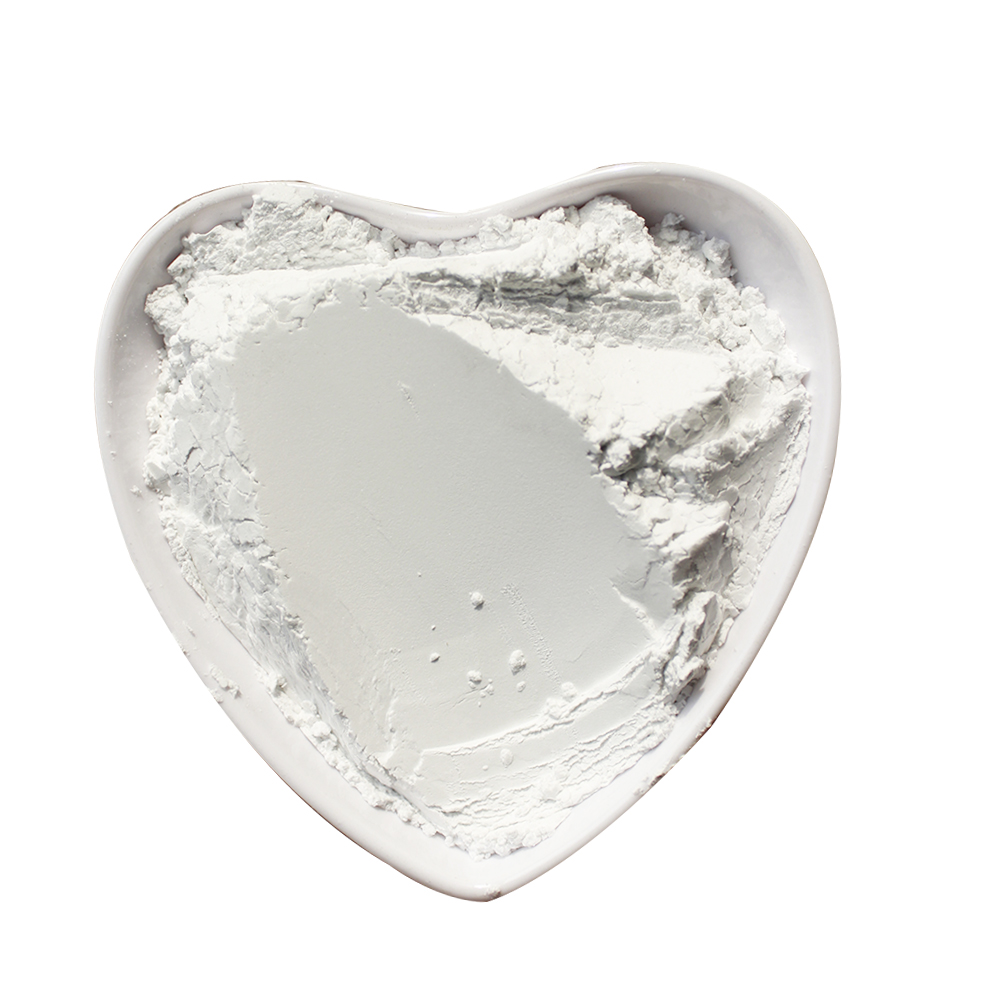Talc powder – the most commonly used inorganic nucleating agent for polylactic acid

Polylactic acid is a high molecular polymer obtained from renewable resources through extraction, chemical polymerization and other processes. It has biodegradability and biocompatibility. Completely decomposed into carbon dioxide and water. The use and promotion of polylactic acid can reduce the consumption of petroleum resources, and play a role in energy saving and emission reduction, which is of great significance to environmental protection.
Polylactic acid has high strength, high modulus, and good transparency and air permeability, but its crystallization rate is too slow during processing, resulting in prolonged processing cycle and poor heat resistance, which greatly limits the application fields of polylactic acid products .
At present, the most common way to improve the performance of polylactic acid is to add a nucleating agent. In actual enterprise processing applications, talc powder is the most commonly used inorganic nucleating agent for polylactic acid, which can improve the stretching, bending, etc. of polylactic acid. Mechanical properties, improve its heat resistance.
By studying the effects of different contents of talc powder on the crystallization properties and comprehensive mechanical properties of high-gloss pure polylactic acid, the results show that the crystallization peak temperature of polylactic acid increases with the increase of talc powder content, and the crystallization temperature zone continues to move to the high temperature direction, and the crystallization rate It also accelerated.
Compared with pure polylactic acid, when the mass fraction of talc powder is 10%, the comprehensive mechanical properties of polylactic acid reach the maximum, its crystallization peak temperature increases by 13.7K, the tensile strength increases from 58.6MPa to 72.0MPa, and the tensile strength at break The strain increased from 2.7% to 4.6%, the flexural strength increased from 88.9MPa to 104.0MPa, and the flexural modulus increased from 3589MPa to 4837MPa. At the same time, the addition of talcum powder will not change the polylactic acid crystal form, but will make the size of polylactic acid spherulites significantly smaller, and the crystal nucleus density will increase significantly.
